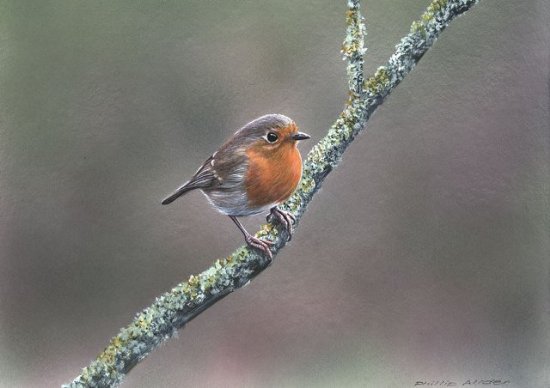
The changing seasons can, at the same time, be the most thrilling and the most frustrating aspects of wildlife photography. They provide an ever-changing canvas for a wildlife photographer that means you don’t always have to move around in order to find a new subject matter. But equally, with harsh weather conditions and animal hibernation, you may find that the current season just doesn’t allow for that perfect photograph.
Spring
As we slowly move our way into spring, birdwatching becomes a key opportunity. Lots of different species are attracted by the warming weather and a new year’s supply of food, making an ideal environment for breeding. Trees and flowers start to bud and blossom, lifting the dormant creatures around them into vibrant life. The whole ecosystem starts to get in gear through March and into April, creating a splendid freshness and colour in the natural outdoors. The essence of spring can be captured by photographing the busy activity of birds feeding their young, and animals like bats and hedgehogs coming out of hibernation.
Summer
As we move into summer life is out in full force. Summer is a time of thriving for mammals such as hedgehogs, insects like bees and butterflies, and amphibians like frogs, out enjoying the warmth and the bounty of the season. Late summer evenings provide a unique backdrop for wildlife photography, as the cooling temperature can bring bigger animals out in greater numbers, whilst the lower sun provides great opportunities to play with light and shadow.
Autumn
In the autumn we’re blessed with some of the most stunning scenery in wildlife photography. The lowering sun can provide amazing opportunities for playing with the light as the leaves fall. Many animals will typically be trying to find as much food as they can before the weather gets too cold, and this provides a great time to capture animals like squirrels darting around and loading up on acorns. Britain’s largest mammals, red deer, typically see their young adults growing antlers in the autumn, as they start to fight and compete for females – if you’re lucky enough to live near a deer park this can be a spectacular time of year to be around them. Also by this time many birds are on the move again, and this is when they most commonly move around the skies in flocks. If you live in a coastal area look out for great flocks of migratory birds like Canada Geese.
Winter
Finally, winter is when a lot of animal life shuts down to endure the cold until spring arrives again, but that doesn’t mean it’s not an equally great opportunity for wildlife photography. Larger mammals like foxes remain active throughout winter – whilst in the summer they usually get by on a vegetarian diet, during the winter they go after the smaller hibernating animals like dormice. And if you fancy yourself as a bit of a woodsman, winter makes for the best time of year for tracking mammals: minimal foliage and layers of snow, or even cold mud, make footprints extra visible.
In any season it’s a great idea to see what tips you can use to give your photography an edge.
